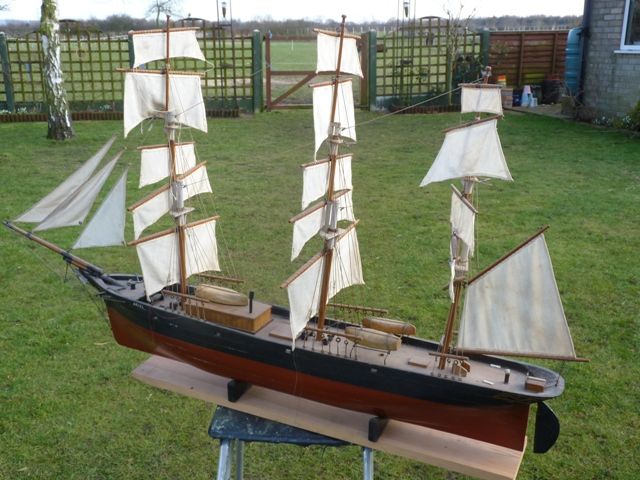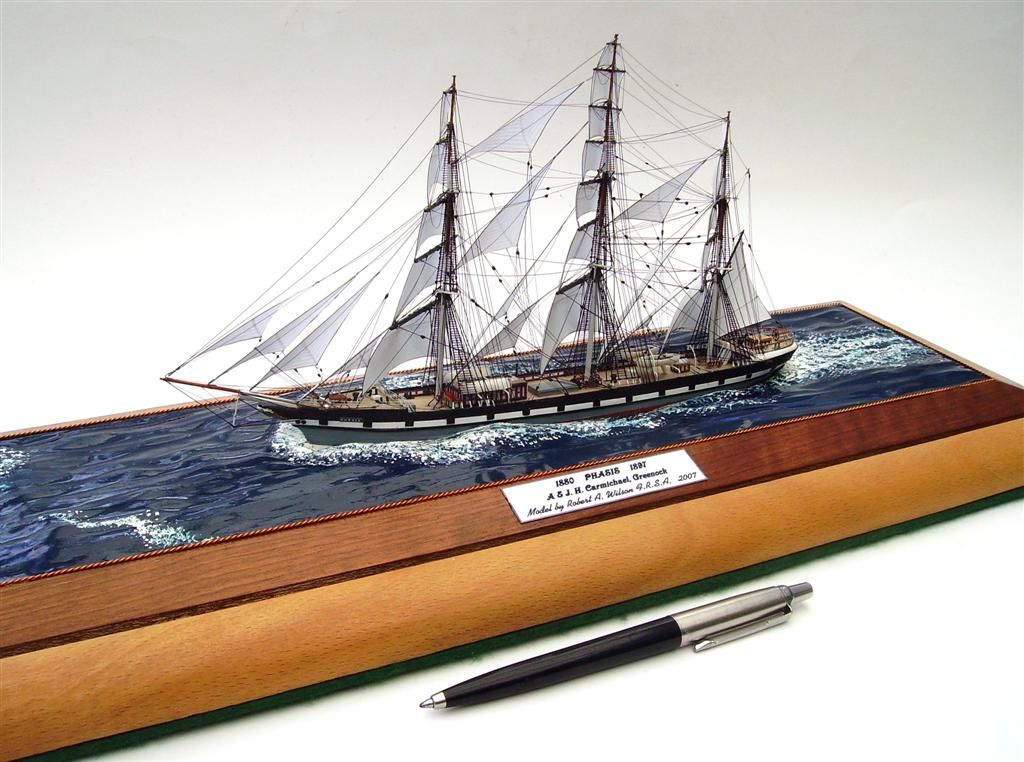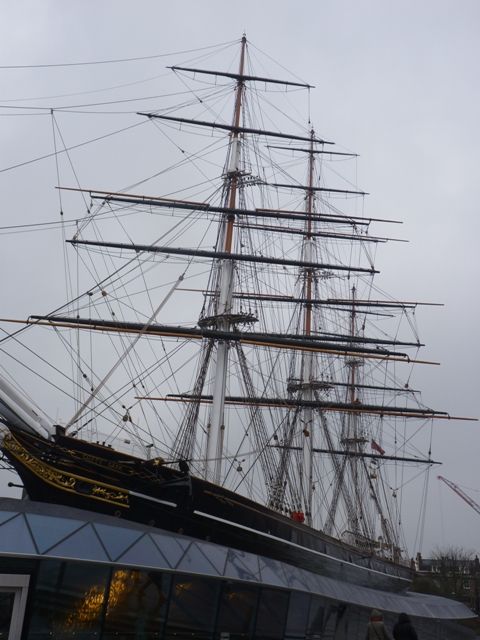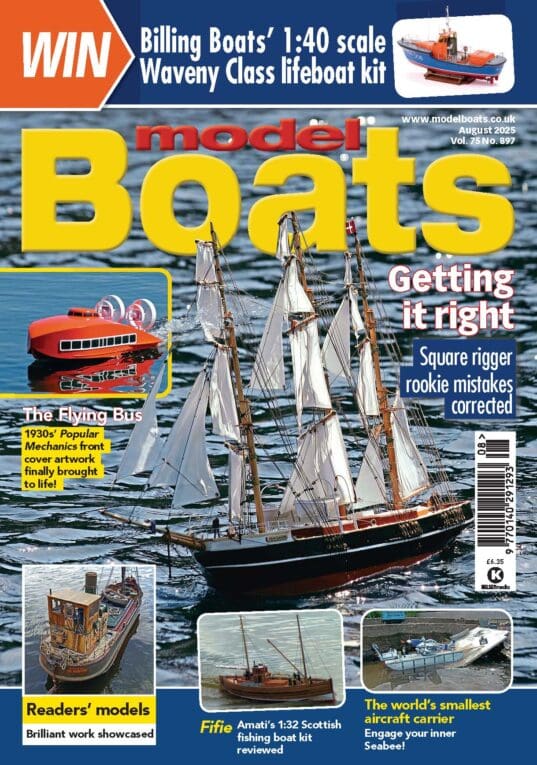Painting of masts on sailing ships
Painting of masts on sailing ships
- This topic is empty.
Viewing 8 posts - 1 through 8 (of 8 total)
Viewing 8 posts - 1 through 8 (of 8 total)
- Please log in to reply to this topic. Registering is free and easy using the links on the menu at the top of this page.
Code of conduct | Forum Help/FAQs
Latest Replies
Viewing 25 topics - 1 through 25 (of 25 total)
-
- Topic
- Voices
- Last Post
-
- Puffer advice 1 2 … 4 5
- 10
- 2 days, 6 hours ago
- Fairey Huntsman 28 1 2 … 7 8
- 2
- 3 weeks ago
- Fairey Huntsman 31 1 2 … 5 6
- 14
- 4 weeks ago
- John Cobb’s Crusader 1 2 … 7 8
- 1
- 1 month ago
Viewing 25 topics - 1 through 25 (of 25 total)







